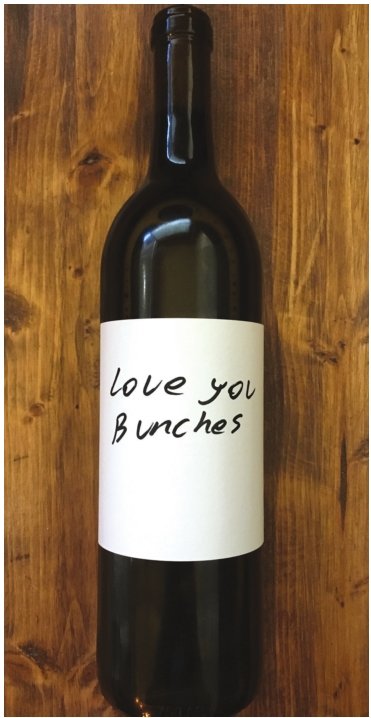
Heading west will always have connotations of discovery, whether by choice or survival. Though, it’s quite often the latter. And with any large, rapid migration, people forge new paths, ideas and economies.
The wine industry on the West Coast fits very well into this complicated narrative of America. Many pre-Prohibition settlers were Italian. So, go figure, when they wanted to plant vines, they would often gravitate toward native Italian varieties like barbera or dolcetto.
Excitingly, America’s wine history goes back much further. The first wine grape from the European “vitis vinifera” species to see plantings was the mission grape, also known as listan prieto. This grape was grown at all California missions around the time of the Revolutionary war, for the purpose of being Sacramental wine.
The Italians may have expanded past these options, but this was just the start of the wine industry “freight train” that would build an unstoppable force through the 20th century.
Eighty-five years after Prohibition, the American wine industry is a healthy pillar of our economy. It’s not solely built around cabernet sauvignon, zinfandel, chardonnay, merlot, and the saccharine white zinfandel that flourished in the ‘70s and ‘80s. There are other thriving grape vines, but there’s an implicit cost.
Land is increasingly expensive. Tourism begets tourism, and it’s easy to see why passionate vignerons seek the unknown, often experimenting with off-the-beatenpath grapes for the American palate.
Santa Barbara is the start of true coastal California excellence, with microclimates ideal for pinot noir, chardonnay, syrah and grenache.
Santa Barbara’s Stolpman Vineyards is no slouch when it comes to adventure, and they prove it with their “Love You Bunches” sangiovese. It should run about $24 retail cost, and it rewards with playful and pretty flavors reminiscent of cranberries, lilies, strawberries and a moderately herbaceous background. Sure it could be the stomach talking, but this wine screams for a pizza margherita. Basil, mozzarella, and sangiovese seem to go hand in hand after all.
A neat thing about this wine is that it goes through a carbonic ferment, where oxygen is void and carbon dioxide is present. The fermentation takes place inside each single grape in this environment, instead of getting crushed together to sit in a tank.
The result is that the wines will usually have more lifted aromatics, but they will almost certainly be better drunk very young.
Just a half-hour drive northwest from Stolpman, Lieu Dit Winery is working with some unconventional California grape varieties. They’re pulling their delicious fruit from Santa Maria Valley for their patio-pounding melon (as in the grape’s name is actually melon) wine.
The melon grape is commonly known as melon de Bourgogne (another confusing point of reference, as it hails originally from Burgundy). More noteworthy is its usage in western Loire near the city of Nantes. Melon truly shines in a crisp, bone-dry Muscadet along side your favorite shellfish.
Lieu Dit’s melon has some of that salinity that you might expect, though the midpalate is far fruitier, and generally more of a crowd pleaser for anyone looking to drink a lighter to medium-bodied wine with apricot, nectarine and apple flavors. It should cost about $23 and fits in well with anyone who digs unoaked, dry wines.
Heading north, Sonoma has been a phenomenally diverse wine region, north of San Francisco and Marin County. POE wines is an impressive project by Samantha Sheehan, who was inspired by many French wines, specifically those of Burgundy and Champagne.
Go figure—she would make an excellent red wine from the pinot meunier grape, also known as meunier. Pinot meunier is known for its use in Champagne. It’s a workhorse grape that is often planted in the valley, which can be prone to frost. The grape buds late and ripens early at harvest, so there is less risk to plant it there. But it’s commonly used for sparkling.
At $40, this Sonoma Mountain bottle is a special occasion wine, perhaps, but boy, does it live up to it, with notes of soft, but lush plum, maraschino cherry, orange peel and rose petals. This is not a high-octane wine, nor is it tannic, set to dominate your mouth. More or less, it has beauty.
Wine often feels like a choose-yourown-adventure novel. Some are duds. But when you take a risk, occasionally it pays off with some delicious stories.
Justin King is an Advanced Sommelier and owner of Bridge Street Social, a wine and cocktails focused restaurant in DeWitt. He was named 2017 Wine & Spirits Magazine Best New Sommelier.
Support City Pulse - Donate Today!
Comments
No comments on this item Please log in to comment by clicking here